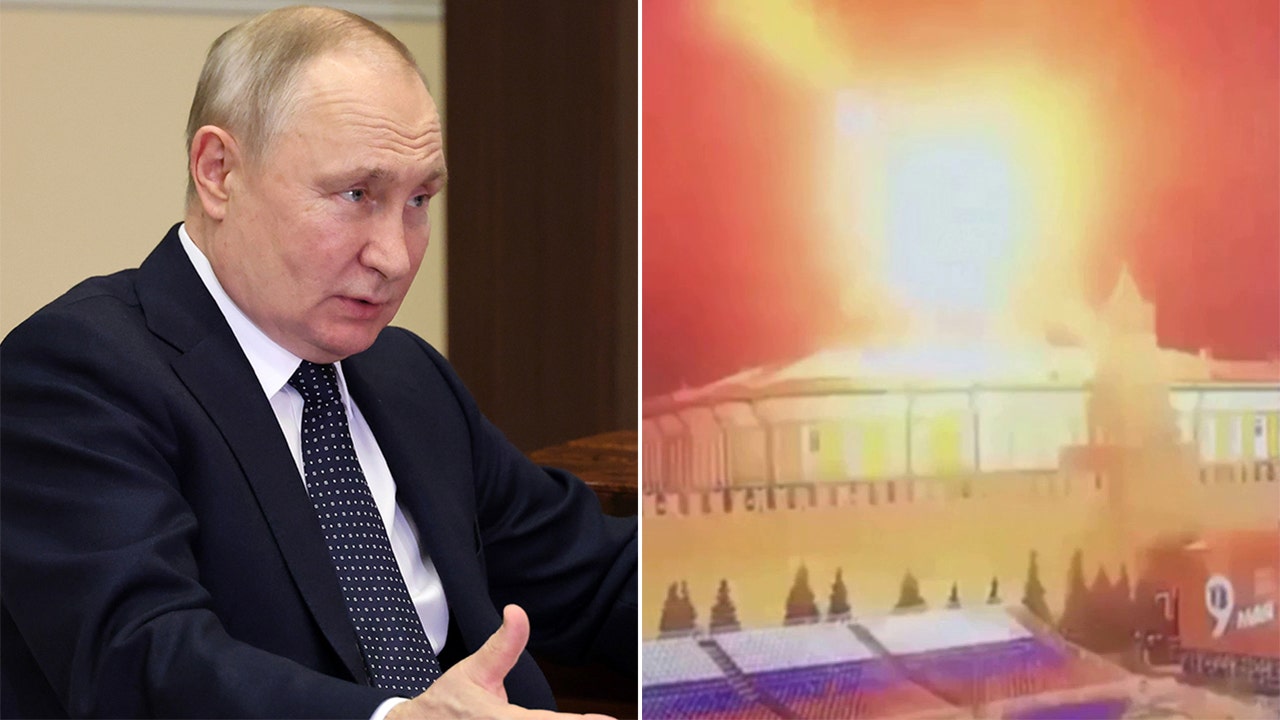Alright, let’s break down what’s really happening here. The joint ‘Dragon 2025’ exercise between China and Cambodia has moved past the pleasantries and straight into serious adaptive training. As of May 24th, both sides have completed this crucial phase, a clear signal of deepening military cooperation.
This isn’t just a show of flags; it’s about building real interoperability. We’re seeing cross-learning, integrated training, and focused drills on key areas like maritime search and rescue, formation flying, and, critically, live-fire exercises. They’re tackling tough challenges – joint counter-terrorism is a major focus. This highlights a shared security outlook.
But it’s not all hard power, folks. China’s contingent isn’t just there to train. They’re making strategic inroads with aid projects – school donations, medical outreach, and opening their warships to the public. These “soft power” moves reinforce the partnership. A cultural exchange with artistic performances and sports events further cement the bond.
Now, let’s get into why this matters. Here’s a quick knowledge boost:
Adaptive training in joint military exercises is crucial. It determines if different military forces can effectively operate as one. Compatibility of equipment and tactics is paramount.
Cambodia, strategically located, is a key partner for China in the South China Sea region. This partnership challenges existing power dynamics. It showcases a growing influence.
Focus on counter-terrorism drills suggests a shared concern. Both nations may face internal or regional security risks. Cooperative exercises prepare them.
‘Soft power’ diplomacy – aid and cultural events – builds local goodwill. It strengthens the relationship beyond military matters. Long lasting impact is expected.
Following adaptive training, expect a full-scale, integrated live exercise. This will be a demonstration of combined capabilities. A strong message is to be sent.
The ‘Dragon 2025’ exercise is a clear demonstration of a strengthening strategic alignment. This is a development that will be watched closely by Washington and other regional players. Don’t be surprised to see increased naval presence in the region.







